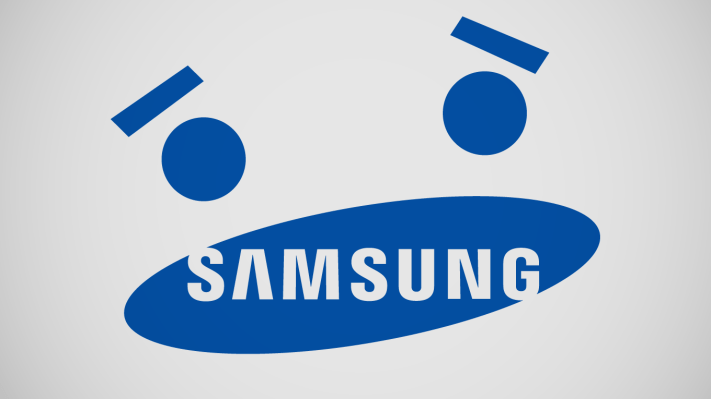When we last left Samsung, the company saw sales falling 9 percent and revenue falling by 24 percent. Now a survey by Counterpoint shows that consumers are more interested in picking up last season’s iPhone 5s than the new S5.
From Reuters:
Arguably those numbers are gigantic: 5 million monthly sales in May is still a solid number. And, given this is a survey, those numbers could err either way. However, the clincher is that the iPhone 5s is still selling steadily even in the face of a potential upgrade in September and our neophiliac society’s obsession with the latest and greatest.
A few things are happening here. As I noted before, Android manufacturers can’t differentiate except on price. Furthermore, the ability for a small manufacturer to build a usable and popular smartphone using Android has improved immensely over the past two years. Whereas only the big guys could produce a million cellphones a few years ago, now anyone with a solid hardware partner can. This is not to say that the produce of these smaller players is superior in any way – I suspect the non-savvy user interested in features over price will look askance at the OnePlus One – but the average user could care less about Samsung Gear support or a built-in heart rate sensor. They want a cheap phone that makes calls and can upload Instagrams.
For that purpose, any Android phone and a few specific Apple phones will do. That’s what’s going on here: Samsung is one of many while Apple, at least in terms of branding and consumer perception, stands alone.
There are two ways for this to shake out. First, we can say that this survey is simply a blip. This could suggest that the 5s is maintaining its popularity because of some outside influence – perhaps a change in iPhone upgrade cycles with some users sitting out a 4s to 5 upgrade and instead waiting for the latest and greatest. It could also show that the S5 just isn’t compelling enough to encourage an upgrade at this time.
However, anecdotal evidence suggests that the S5 is Samsung’s primary marketing push right now and, falling unlocked prices aside, this is the phone carriers are pushing to non-Apple users. This case assumes that everything is business as usual, that Apple and Samsung continue to fight head-to-head for the biggest part of the profits, and smaller competitors will exist but not affect the landscape.
The second, sadder story, is that Samsung is losing market share to huge competitors. Like Sony before it, once this market in commodity technology is lost, it doesn’t come back. Just ask every major television manufacturer since the rise of Vizio. Entrenched, comfortable markets like PCs and laptops have been decimated by cheaper OEMs while CE is essentially owned, in a dichotomy that should give Beats pause, by the very high end and the very low end. You either have a really nice stereo or a really cheap stereo (if you have a stereo at all.) There is no middle ground.
And the same is happening here. You are either buying with the higher-end flock — Apple — or you’re buying based on price. The results, for Samsung, could be catastrophic.
Do they have to be? No. Samsung is excellent at building for the low end. They’ve been flooding the market with silicon for decades now and there is no stopping them once they start up their factories. Apple, even with its logistic and manufacturing might, can’t compete. So what’s next? Well, either this is a blip or this is a harbinger.
Given that no one could have predicted a few years ago that the once-mighty Nokia or BlackBerry would be the husks they are today is a cautionary tale and these data points further cloud our prescience. The hope, then, is that Samsung pulls out of whatever dive they’re in and begins competing with the world — not just Apple — again.
